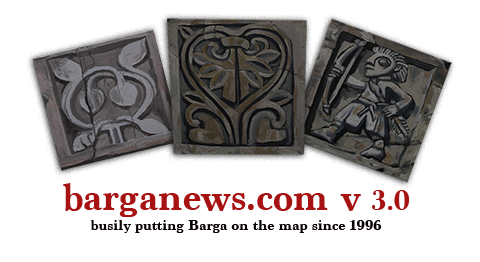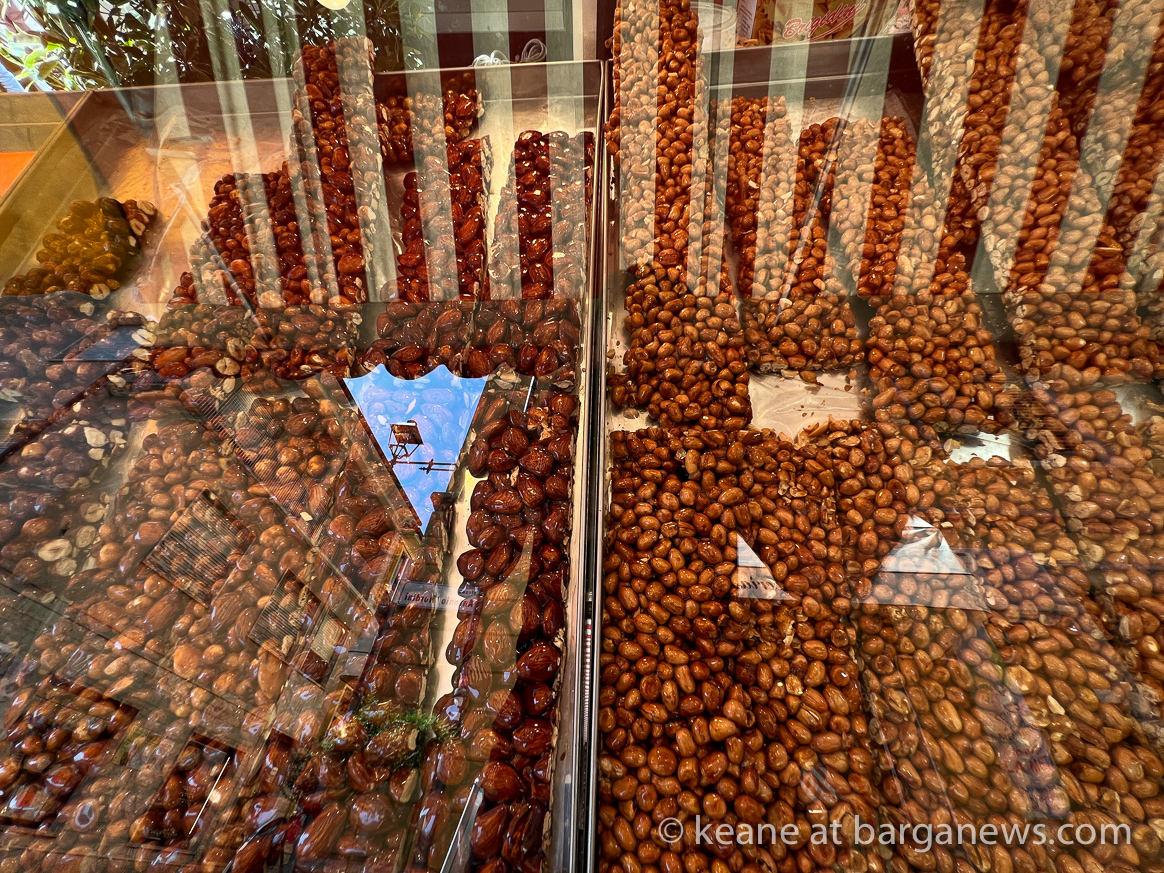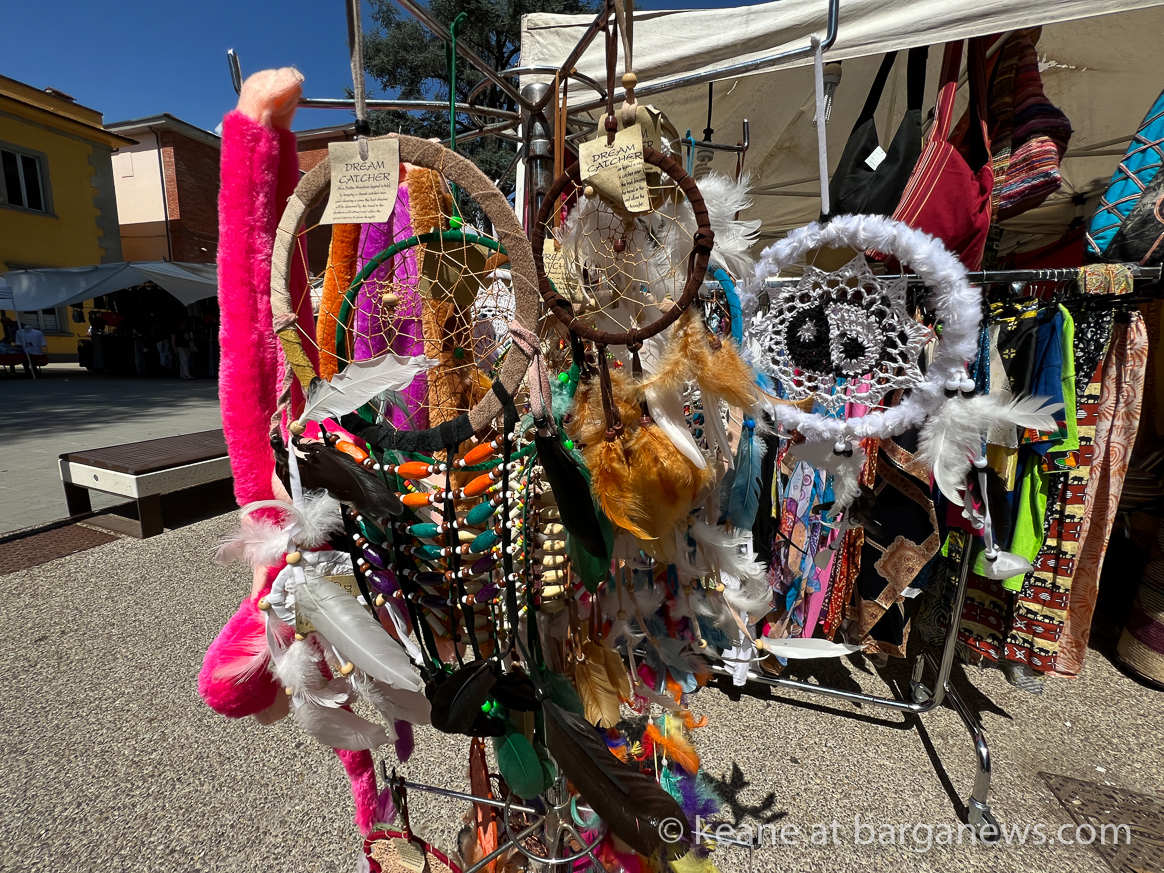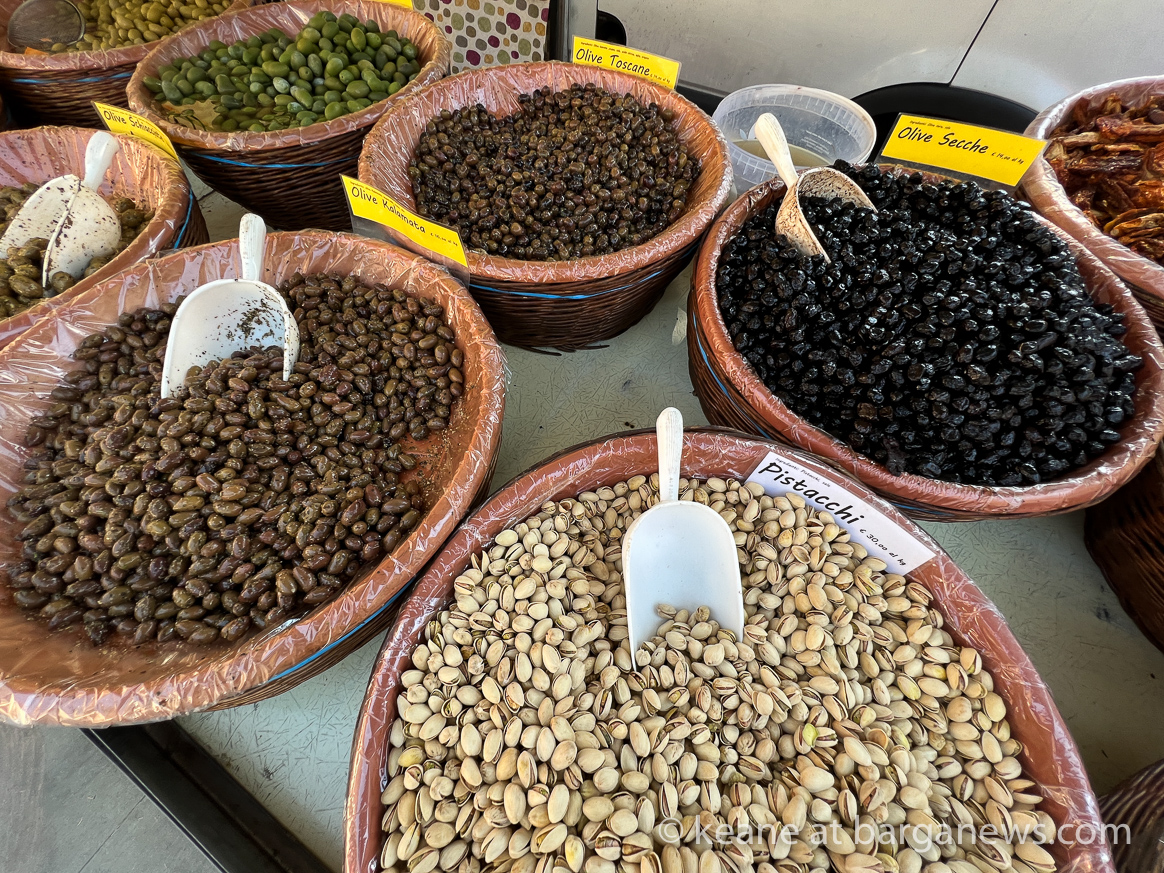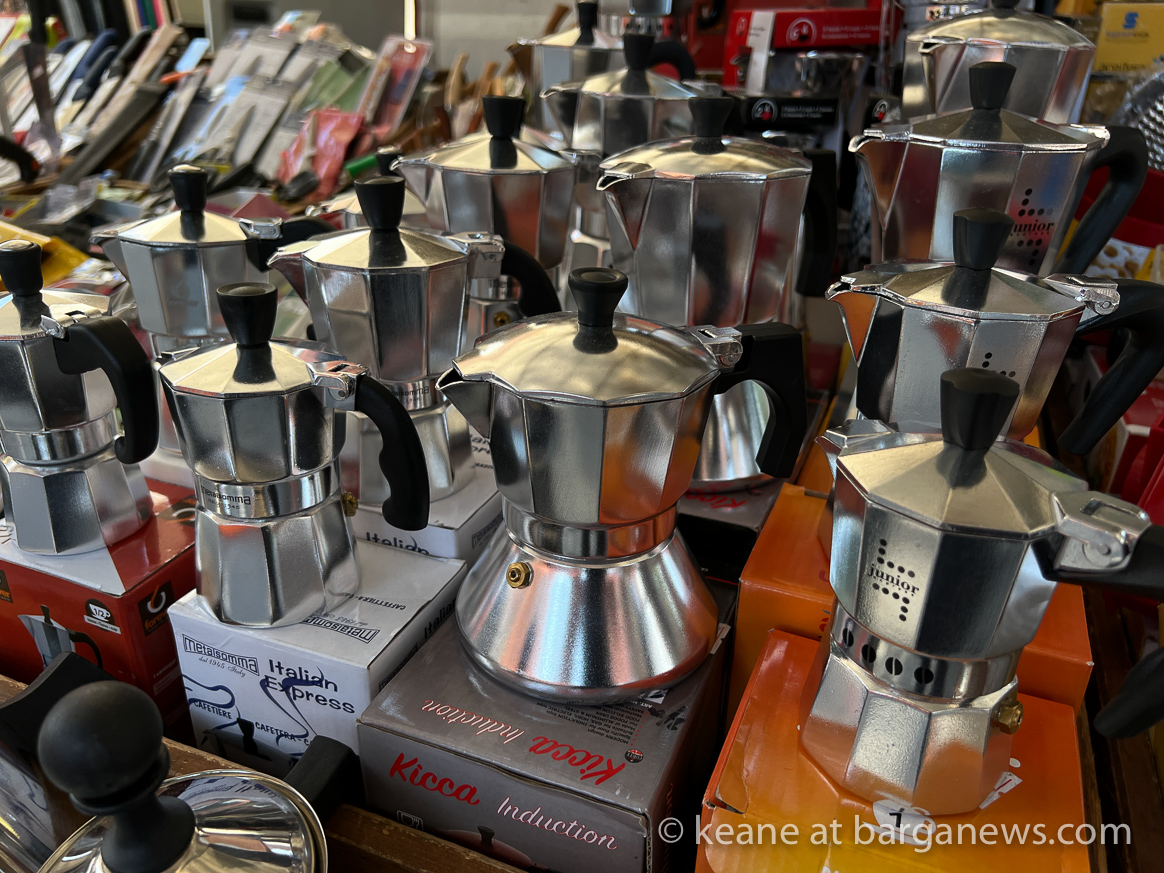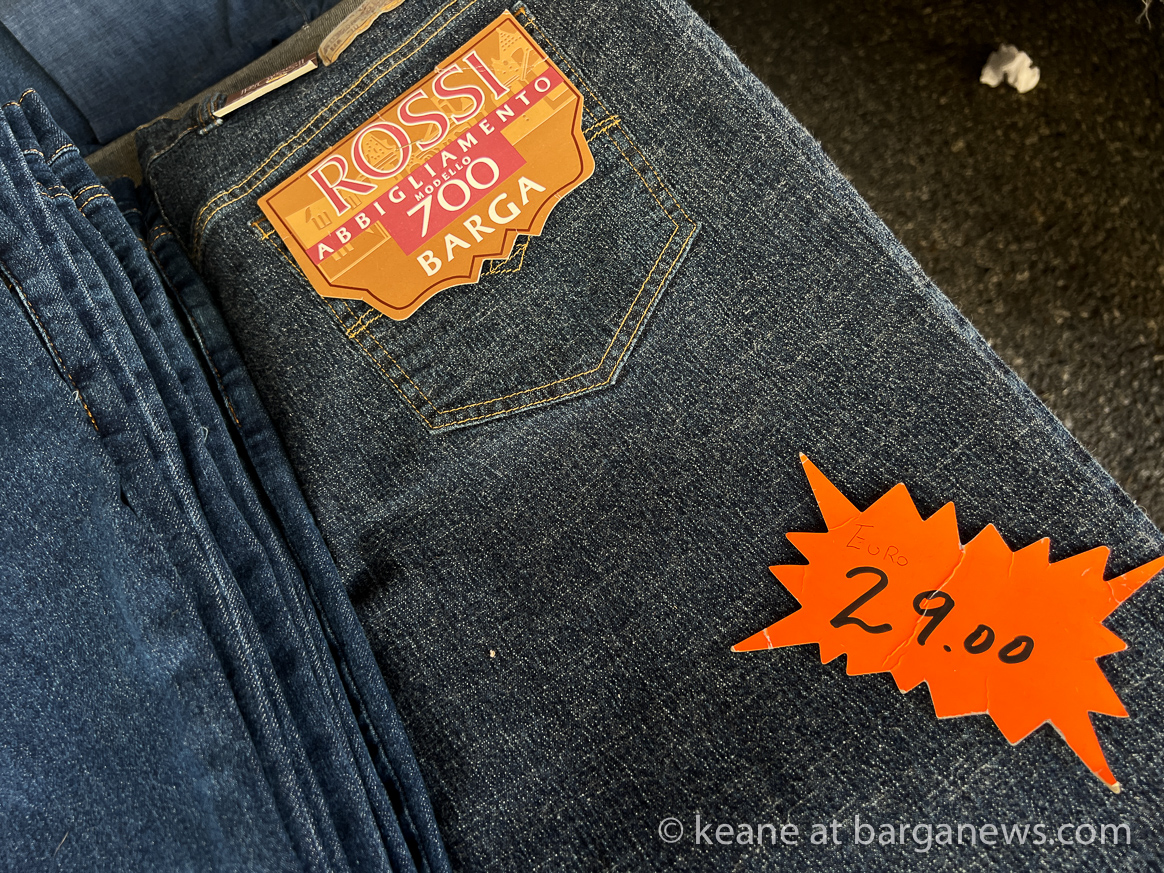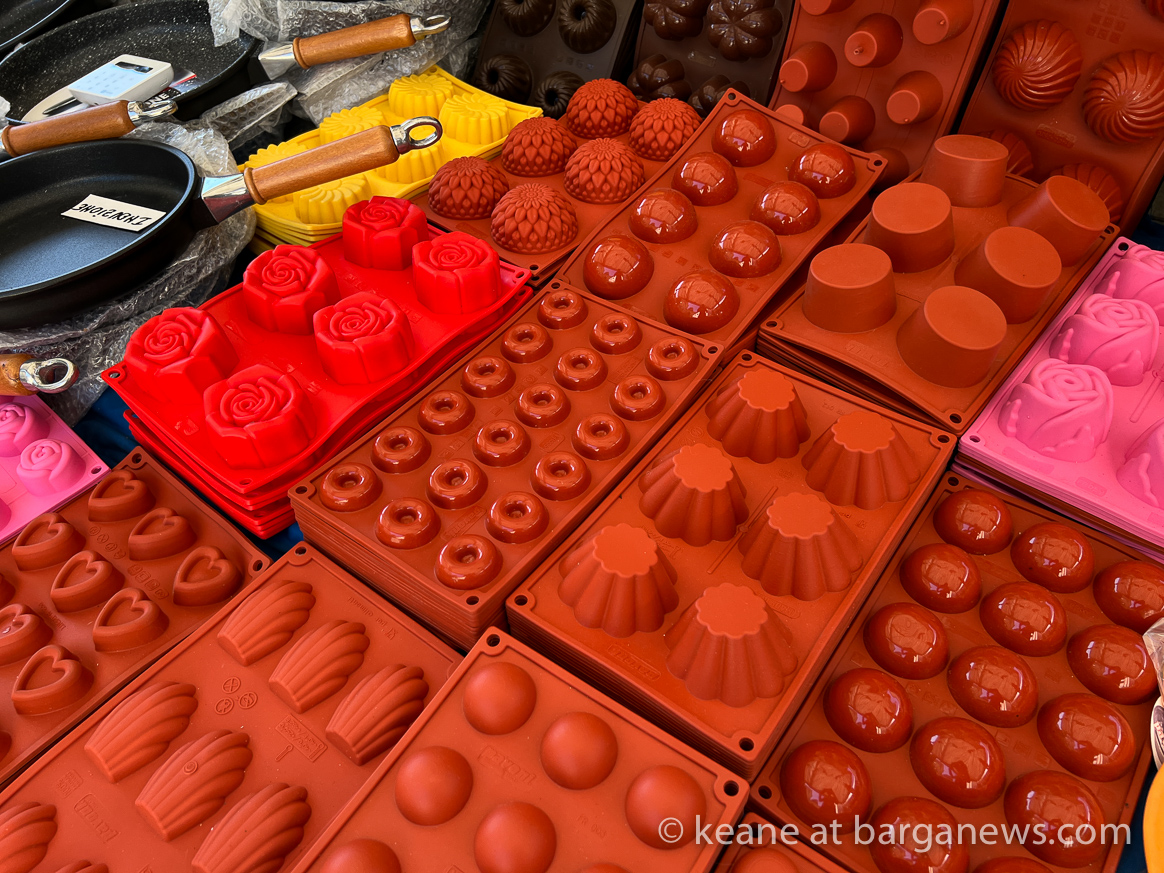The church of San Rocco represented an important centre point for local worship, even though it stands just outside the town walls, on the other side of Rio Fontanamaggio, in the area which is usually called “Barga nuova”.
Prior to the 14th century there were two chapels dedicated to the saint, but the present church was started in 1631 and finished due to new funding (50 alms plates) after 1782.
On the main altar there is a wooden statue depicting San Rocco, considered by some to be contemporaneous to San Cristoforo in the Duomo, but more likely to date back to the 15th century.
As well as the important 19th-century organ, the wonderful stucco work is worth a visit as it’s the real leitmotiv of the interior decoration.
Every year at the annual San Rocco market you will see people arriving at Barga Giardino with small bundles wrapped up in newspaper in their hands or pulled out of shopping bags. 15th and 16th August is the traditional time to get the kitchen knives and scissors resharpened by Umberto the Arrotino – the knife sharpener.
Once upon a time there would have been many travelling knifesharpeners working in this area but that has changed over the years as peoples buying habits and expectations have changed.
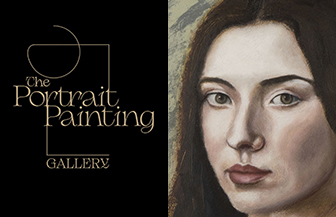 |
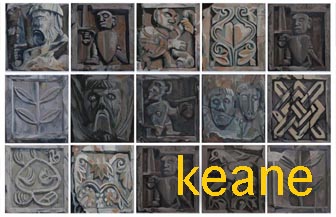 |
 |
 |
These days it is just easier to throw away the pair of scissors that no longer cut as well as they did or buy a new sharp knife to replace the old blunt one. One person who knows this better that most is Umberto who has been working his trade since 1950. Now in his late 60’s, he has become more or less the last knife grinder still on the road.
Ironically, as Barga celebrates its annual mid-August festa di San Rocco with dining and dancing under the stars and a lively outdoor market, it is also marking the inconceivable carnage of the Black Death – in which the Serchio Valley almost certainly played a critical role.
In the lengthy annals of European trauma, ranging from the collapse of the Roman Empire to the Second World War, probably none had greater impact on the collective memory than the Black Death. In the brief span of four years, beginning in 1348, the deadliest epidemic in recorded history carried off up to 60 percent of Europe’s entire population.
The starting point in this grim tale is San Rocco himself, thought to be a 14th century nobleman from Montpellier, France, who renounced his inherited wealth and left on a lifelong pilgrimage that ended in the Italian town of Voghera, now part of the Province of Pavia. Through the worst years of the plague, legend has it, Rocco worked tirelessly as an itinerant healer, tending to the dying and their families. When he fell sick himself, he moved to a simple hut of wood in an isolated forest glade. But to his own surprise, he lived on, sustained by a natural spring of fresh water that miraculously appeared in a nearby rock, and by a small dog who brought chunks of bread to the hut each morning.
Barga’s 17th century Chiesa di San Rocco, built on the foundations of a 14th-century chapel just beyond the lower bridge to the Giardino District, recalls this legend graphically in a statue over its entrance. It features the dog, as well as the saint, holding his pilgrim’s staff in one hand, and raising the tattered hem of his tunic with the other to bare the bubonic sores on his thigh. (full article about san rocco and the black death can be seen here )
Article by Frank Viviano – all articles by Frank Viviano can be seen here
